Reupholstering a sofa is one of the most rewarding DIY projects for home enthusiasts. Not only does it breathe new life into a beloved piece of furniture, but it also allows you to customise it to perfectly suit your style.
Whether you're looking to modernise a vintage piece, reduce waste, or simply save money, this guide will walk you through the process, so you can create a professional-looking result from the comfort of your home.
What is Reupholstering?
Reupholstering involves removing the old fabric from a sofa, making necessary repairs, and replacing it with fresh material. It’s ideal for sofas with good structural integrity but worn-out upholstery.
Unlike recovering (where you simply cover existing fabric), reupholstering often involves repairing the frame, springs, or padding to restore the piece entirely.
Benefits of Reupholstering a Sofa
- Cost-Effective: Reupholstering is often more affordable than buying a new high-quality piece.
- Eco-Friendly: Avoid sending furniture to the landfill and reduce your carbon footprint.
- Fully Customisable: Choose the fabrics, colours, and foam-density finishes you love most.
- Preserve Sentimental Value: Update and maintain heirloom or beloved furniture.
Now that we've covered why reupholstering is a worthy project, let's get started with the step-by-step process!
Excellent - This foam was easy to shape and sew into my cushion cover. The bullnose shape was perfect and the foam itself is very comfortable. I'm very happy with the final product. - Charlotte M
Is it Worth Reupholstering a Sofa?
When you're about to tackle a DIY reupholstery project, you want to make sure the sofa you're working on is worth the effort.
Trust me, there’s nothing more frustrating than pouring hours of love into a piece of furniture that’s not going to hold up. Here’s what I always check before deciding to move forward:
1. Check the Frame
The frame is the backbone of any sofa. If it's shaky or weak, you're better off walking away. Look for a solid hardwood frame with corners that are reinforced. This is a sign that the sofa is sturdy and up for the challenge of a facelift. I learned the hard way that lightweight, flimsy frames just don’t make the cut - don’t make my mistake!
2. Inspect the Springs
Here’s a little tip that blew my mind when I first started reupholstering: high-quality springs are usually coiled and tied together with twine.
When I spot that kind of craftsmanship, I know I’ve got a winner. These springs will not only hold up better over time but also keep your sofa comfy for years to come. If the springs are flat or squeaky, though, you might want to reconsider or budget for some replacements.
3. Compare Costs
We all love a good DIY project, but sometimes it's smart to step back and crunch the numbers. Get a quote for having the sofa professionally reupholstered and compare it to the cost of buying a brand-new sofa of similar quality.
If doing it yourself saves a significant chunk of change and you’re excited about the project, then go for it! But if those reupholstery costs creep too high, it might be worth shifting your focus to another piece instead.
Make sure you do your research online. Find out about bespoke furniture makers and look for their labels. Ignore the fabric as this is what you are changing, focus on style and craftmanship.
Remember, the goal is to create something you’ll absolutely love, so don’t be afraid to take the time to inspect your sofa and make the best call!
A Perfect Solution for My Window Seat - I was struggling to find the right foam for my window seat, but this custom-cut solution was perfect. It's comfortable, durable, and a great addition to my home. - William R
Tools and Materials You’ll Need
Tools
- Staple remover and heavy-duty staple gun
- Needle-nose pliers and a flathead screwdriver
- Heavy-duty scissors or fabric shears
- Measuring tape
- Sewing machine (optional)
Materials
- Upholstery fabric (estimate 10-12 yards for a standard sofa)
- Upholstery foam or sofa cushion refills
- Upholstery thread and heavy-duty staples
- Fabric glue (for attaching trim or cording)
- Dust cover fabric (optional, but recommended)
1. Preparing Your Sofa and Workspace
Clear your area to ensure you have ample space to work.
Lay down protective sheets to avoid making a mess. Start by inspecting your sofa. Check for structural damages like loose joints or worn springs and make any repairs at this stage. If cushion filling has flattened over time, replace it with new upholstery foam for a fresh, plump look.
Use this opportunity to take photos from every angle. These references will be invaluable when reassembling your sofa and also great for the Before and After shots when telling your friends!
2. Removing the Old Upholstery
Begin by flipping your sofa upside down and removing the dust cover, then work your way up. Be sure to never underestimate the weight of the sofa - don't get injured at the first hurdle, be sure to have help on hand if required.
Use a staple remover and pliers to carefully pull out staples as you strip each layer of fabric. Note or photograph how each fabric piece is attached – you’ll use the old fabric as a template for cutting your new material. (Pro Tip shortcut)
Be sure to inspect the integrity of the frame and make any repairs now whilst access is easy. This will save you time later and could extend the lifespan of the sofa considerably.
Pro Tip
Keep each old fabric piece intact as much as possible – even small sections can help guide accurate cutting for the new upholstery.
3. Measuring and Cutting New Fabric
Lay each piece of old fabric flat on your new material and trace outlines, leaving ½ inch extra for seams and stitching. For sections that attach directly to the frame (like the sofa back and arms), add 2–3 extra inches to allow for pulling and securing the fabric tightly.
Cut your pieces carefully using sharp scissors to avoid fraying.
4. Don't Skimp on the Foam
The foam is what does the heavy lifting both metaphorically and literally.
Take this chance to use the best quality foam you can afford. Remember this job is one you don't want to be repeating in a couple of years or paying someone else to. As with most things in the DIY world, there are professionals out there who can help you get it right the first time, every time.
That's where We Cut Foam steps up - Upholstery Foam - everything you didn't know you needed to know and more!
See Upholstery Foam – Cut to Size
5. Sewing and Preparing the Fabric
For any areas requiring assembly, such as cushion covers, sew your cut pieces together using a heavy-duty sewing machine. Use upholstery thread and a zipper foot for clean, professional seams.
Stitching is optional for the main fabric sections that will be stapled directly onto the frame, though pre-assembling them can offer extra precision.
6. Attaching the New Upholstery
Start with the innermost sections of the sofa. Begin stapling the new fabric tightly to the frame, pulling the material taut to prevent wrinkling. Attach in reverse order to the removal process; for example, the last piece of fabric removed during disassembly should be the first piece secured during reupholstery.
Move on to the cushions and complete each section methodically. Smooth out any pleats and folds for a clean finish.
Pro Tip
Invest in a high-quality staple gun for secure attachment and fewer hand cramps!
7. Adding Final Touches
Reattach the dust cover to the bottom of the sofa for a polished finish. Use fabric glue to secure cording or trim to conceal staples and seams – this adds a touch of professionalism.
If your sofa legs were removed, consider refinishing or painting them before attaching them back to the base. It's always the finishing touches that make the biggest difference!
See also Choosing the Right Foam for Your Cushion and Seating Projects
8. Inspecting Your New Sofa
Take a step back and admire your work!
Give your sofa a test sit to ensure stability and comfort. Check all fabric for tightness, and trim any excess to give it a sleek and refined appearance.
Maintenance Tip
To maintain your newly upholstered sofa, vacuum it regularly and spot-clean spills immediately. Additionally, rotate cushions periodically to prevent uneven wear.
A Must-Have for DIYers - If you're a DIYer, this sample pack is a must-have. It's a great way to explore the possibilities of foam and find the perfect material for your next project. - Elara P
Frequently Asked Questions
How do I choose the right fabric for reupholstering?
Opt for durable upholstery fabrics that suit your lifestyle and aesthetic. Thick fabrics like velvet, linen blends, or leather are great for high-use areas. When in doubt, pick materials labelled specifically for upholstery.
Can I reupholster my sofa without removing the old fabric?
While it’s possible, it’s not recommended. Adding layers can make the final result look bulky and uneven. Removing the old fabric also allows you to inspect and repair the sofa’s structure properly.
How much fabric do I need?
A standard three-seater sofa typically requires 10–12 yards of fabric, depending on its size and shape. Always buy extra to account for mistakes or offcuts.
Do I need professional tools?
A staple remover, staple gun, and heavy-duty scissors are crucial.
While some tools can be substituted with household alternatives, investing in specialised upholstery equipment ensures faster, more professional results.
Share Your DIY Success!
Reupholstering a sofa is no walk in the park, but the satisfaction of transforming your furniture makes it worth every bit of effort. Whether it’s a family heirloom or a thrifted treasure, your reupholstered sofa is bound to be a conversation starter.
Have tips or photos to share? We’d love to see them! For those looking to bypass the hassle, try connecting with a specialised seller for cut-to-size foam or professional insights.
Let's bring your furniture back to life.
Are you ready to start your sofa’s transformation?


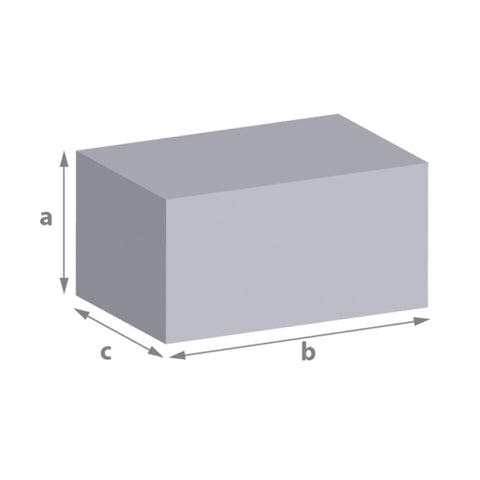
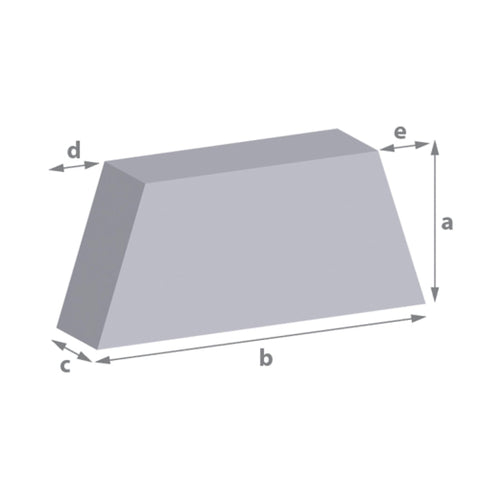
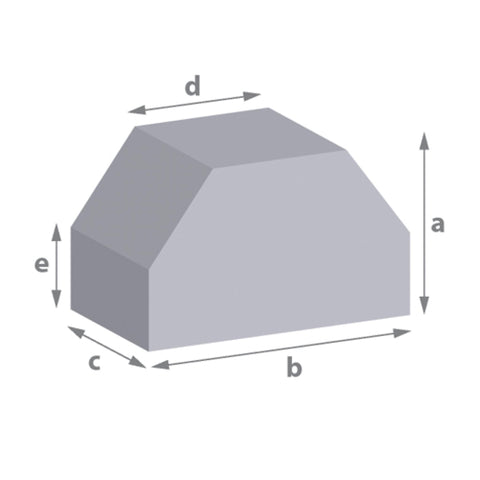
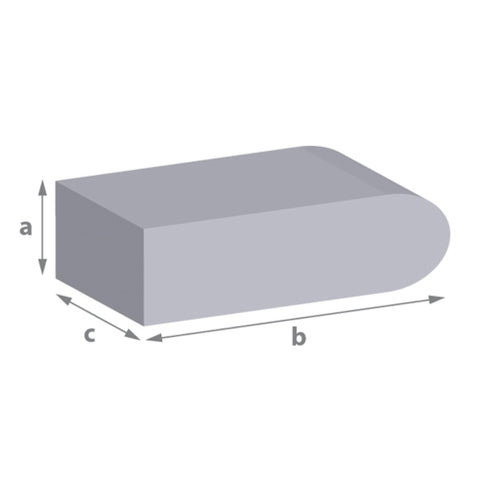
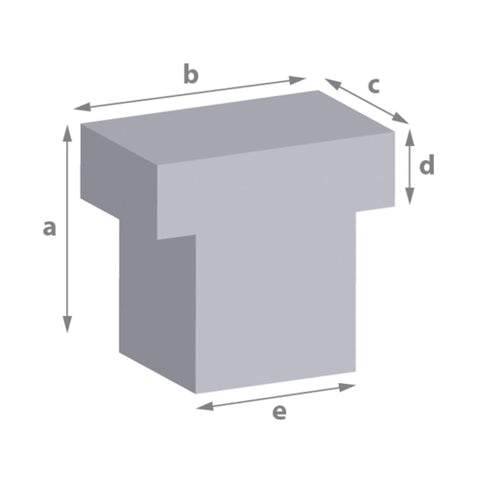
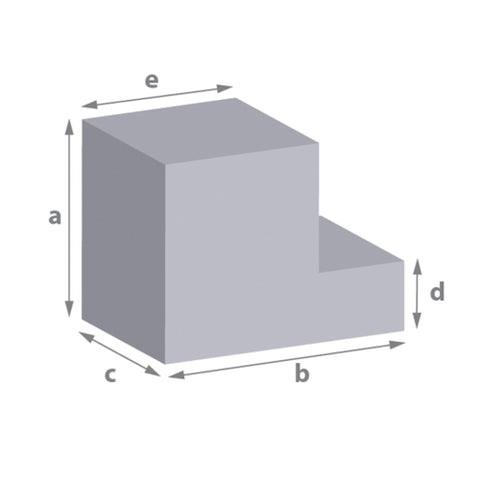
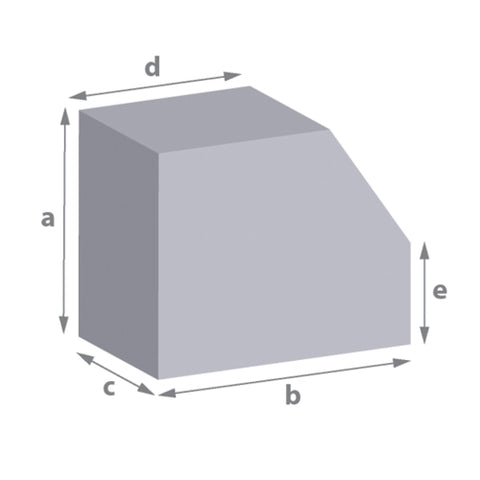
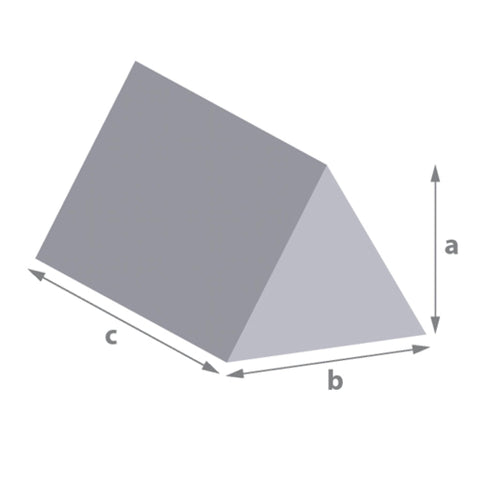
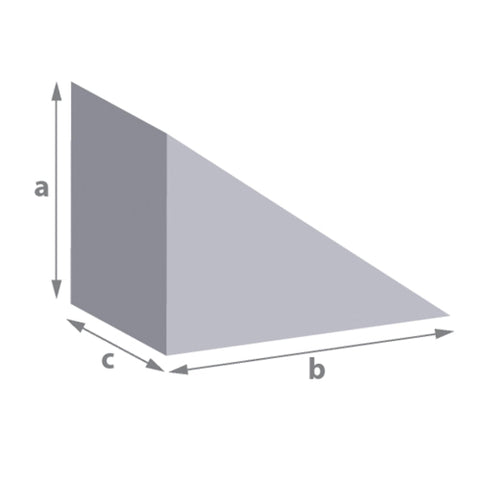
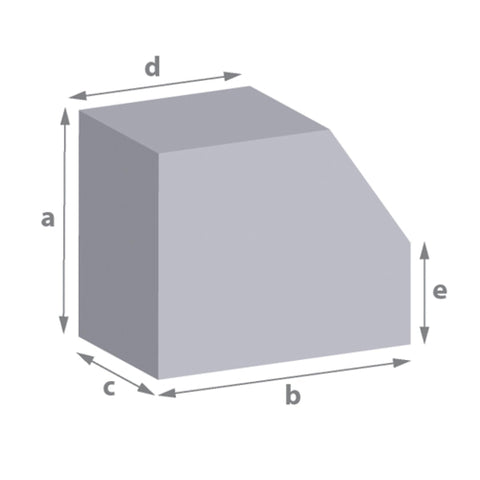
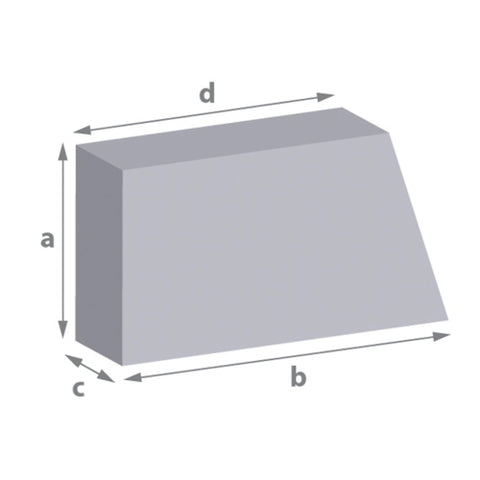
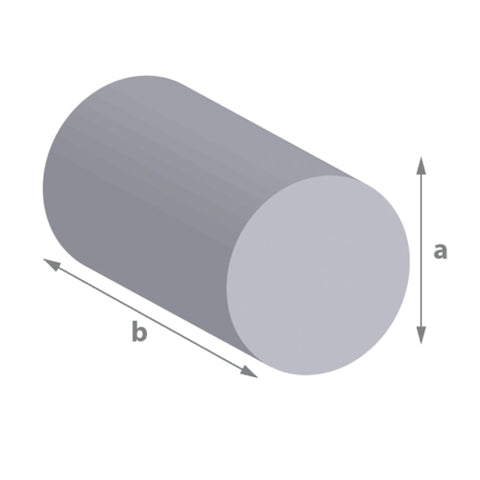
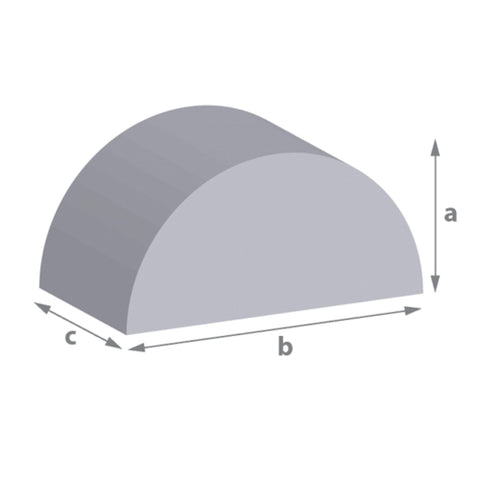
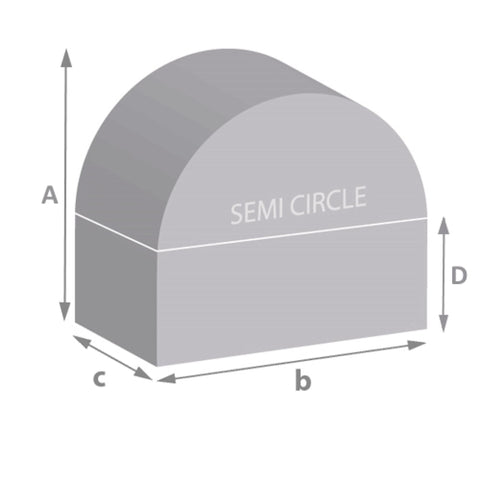
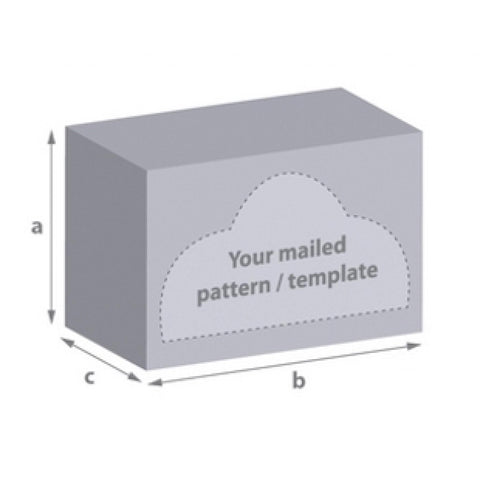
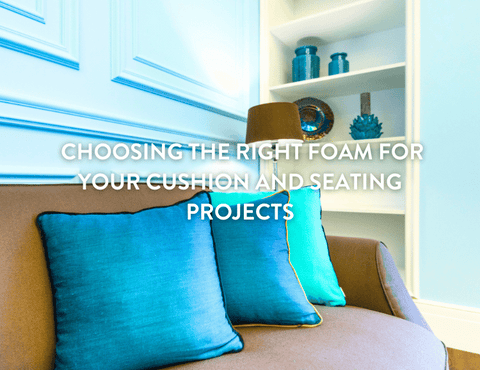

Comments (0)
There are no comments for this article. Be the first one to leave a message!